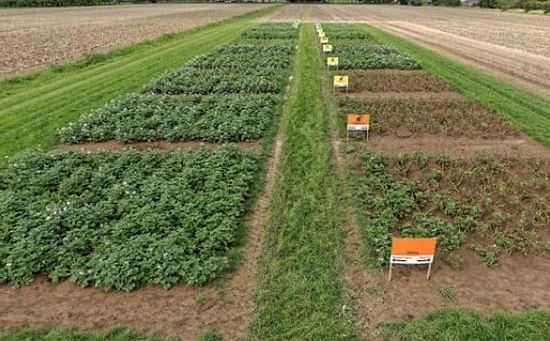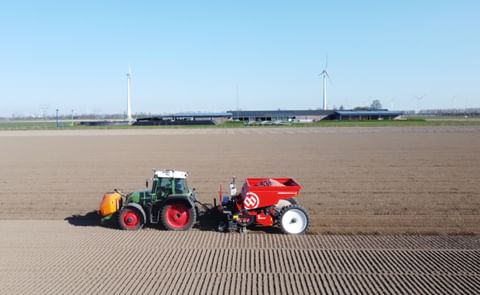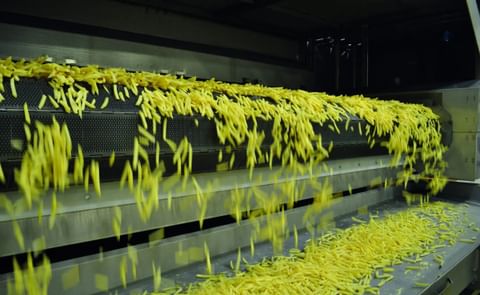Researchers involved in the DuRPh project
Resistance genes of wild potato relatives offer help in combat against Phytophthora

Growing crops with stacks of two or more resistance genes from closely related species, introduced into the crop via for instance genetic engineering, combined with the simultaneous introduction of resistance management, can ensure the long-term resistance of these plants to economically significant and aggressive diseases.
The combination offers opportunities to make agriculture more sustainable worldwide, for instance as part of an integrated pest management that only involves chemical means in exceptional situations and in low doses.
These were the findings of an international scientific conference held in Wageningen on 3 September on the conclusion of a study into more durable resistance against Phytophthora through the use of resistance genes from related wild potato species (DuRPh), which was funded by the Dutch government for ten years.
Potato most important field crop in the Netherlands
Potato is the third most common staple crop worldwide and the most important field crop in the Netherlands. The cultivation of potatoes requires far more pesticides than with other crops and growers use them in particular to protect crops against the late blight caused by Phytophthora infestans. This pathogen is genetically very ‘plastic’: it shows a great deal of genetic variation, which means that it continuously evolves new forms. Such a genetically plastic pathogen can break through the defences of resistant plants relatively easily.
Environmental impact conventional late blight prevention
Conventional potato cultivation requires fungicides to be applied 10 to 15 times a year to keep the disease at bay. This has a very real environmental impact. Additionally, yield losses and pesticides due to the late blight make for a combined cost to Dutch growers of approximately €100 million per year. This is almost 20% of all production costs. Worldwide, the cost of the late blight (crop losses plus mitigation costs) runs into billions.
Ten-year DuRPh study
In the framework of the ten-year DuRPh study, genes from wild potatoes were used via genetic modification to develop prototype potato varieties with a durable resistance to late blight.
The study also helped develop effective resistance management, which monitors the genetic variation of the pathogen throughout the Netherlands. The combination of these two approaches may save up to 80% on the use of fungicides. The research was funded by the Dutch Ministry of Economic Affairs and carried out by Wageningen UR.

Testplot of the DuRPh study into more durable resistance against Phytophthora through the use of resistance genes from related wild potato species, which was funded by the Dutch government for ten years
Results translate beyond potatoes
According to the international scientists who attended the concluding conference on September 3, the results of DuRPh translate well to other major food crops. There are other crops for which one or a few specific pathogens create a majority of problems, such as wheat and banana. Here, too, it is likely that closely related wild species can be found from which resistance genes can be extracted.
Smart combination within cultivars of sets of multiple resistance genes from related species, introduced into the crop via for instance genetic engineering, combined with proper monitoring of the pathogen and timely application of combined resistance genes will allow the resistant cultivars to retain their resistance to the disease in the long term for these plants too. This applies even if the pathogen is genetically very diverse and can easily adapt to the resistance of the plant.
Recent scientific findings show that resistance will probably function even longer if the introduced sets of resistance genes will include genes that play an important role in the interaction between plants and pathogens.








